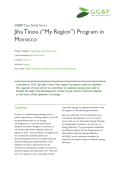
Launched in 2012, the Jiha Tinou ("my region") program seeks to optimise the capacity of local actors to contribute to national energy goals and to benefit through local development. It aims to put citizens and local officials at the heart of the dynamics of change.
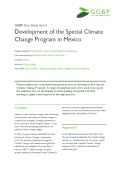
Mexico undertook a top-down fast paced process to develop its first Special Climate Change Program. A range of analytical tools were used, but overall the emphasis was on developing an initial guiding document and then learning to apply it and improve it through practice.
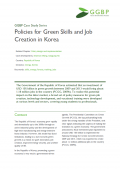
The Government of the Republic of Korea estimated that an investment of USD 105 billion in green growth between 2009 and 2013 would bring about 1.18 million jobs in the country (PCGG, 2009b). To realise this potential impact on the labour market, a broad set of policy measures for green...

Several different approaches to scenario assessment were used to provide the evidence base for prioritising low-carbon actions as part of Kenya’s National Climate Change Action Plan and its emerging green economy strategy.
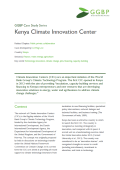
Climate Innovation Centers (CICs) are an important initiative of the World Bank Group’s Climate Technology Program. The first CIC opened in Kenya in 2012 with the aim of providing “incubation, capacity building services and financing to Kenyan entrepreneurs and new ventures that are developing innovative solutions in energy, water and...
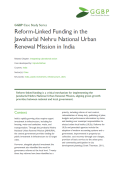
Reform-linked funding is a critical mechanism for implementing the Jawaharlal Nehru National Urban Renewal Mission, aligning green growth priorities between national and local government.
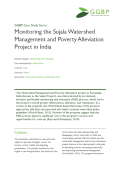
The Watershed Management and Poverty Alleviation project in Karnataka, India (known as the Sujala Project), was characterised by an intensely inclusive and flexible monitoring and evaluation (M&E) process, which led to the project’s overall greater effectiveness, efficiency, and robustness. In a review of the program, the World Bank found that...
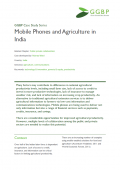

Energy security is central to the green growth policy of the Government of India. In 2005, the government commissioned The Energy and Resources Institute to undertake a study of technological options for achieving the desired growth rate under various scenarios. Using the MARKAL (Market Allocation) model, the study was carried...
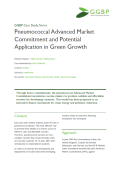
Through donor commitments, the pneumococcal Advanced Market Commitment incentivizes vaccine makers to produce suitable and affordable vaccines for developing countries. This model has been proposed as an innovative finance mechanism for clean energy and pollution reduction.
